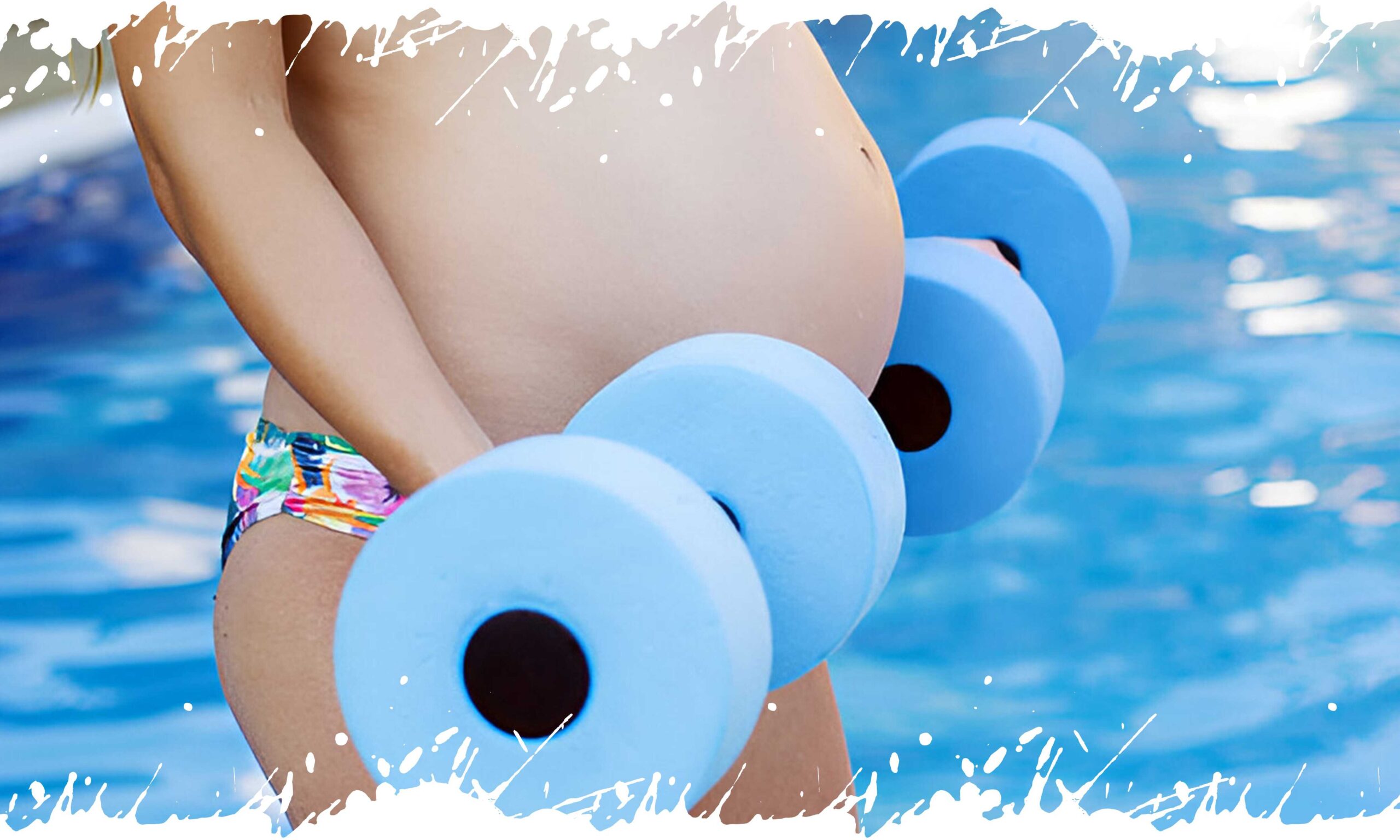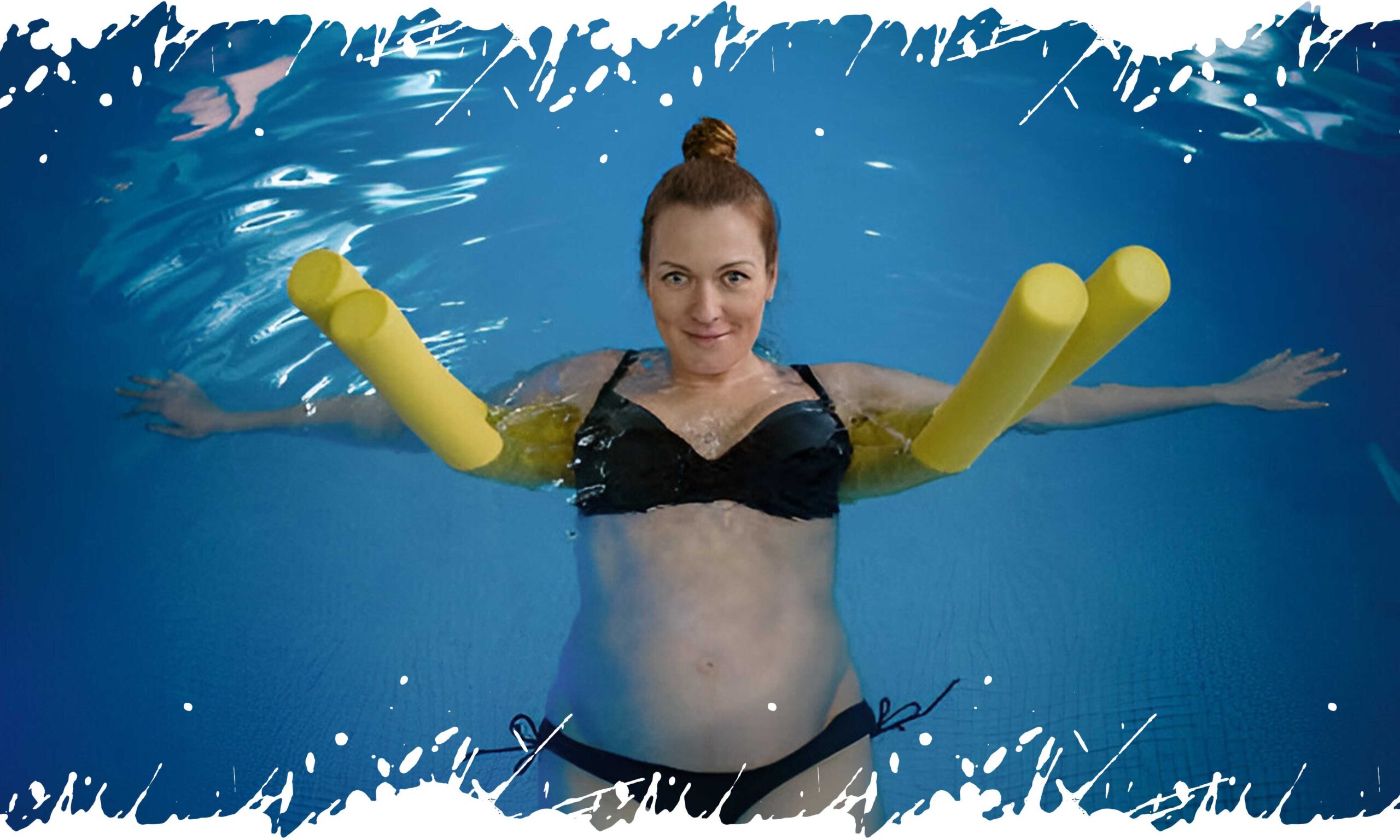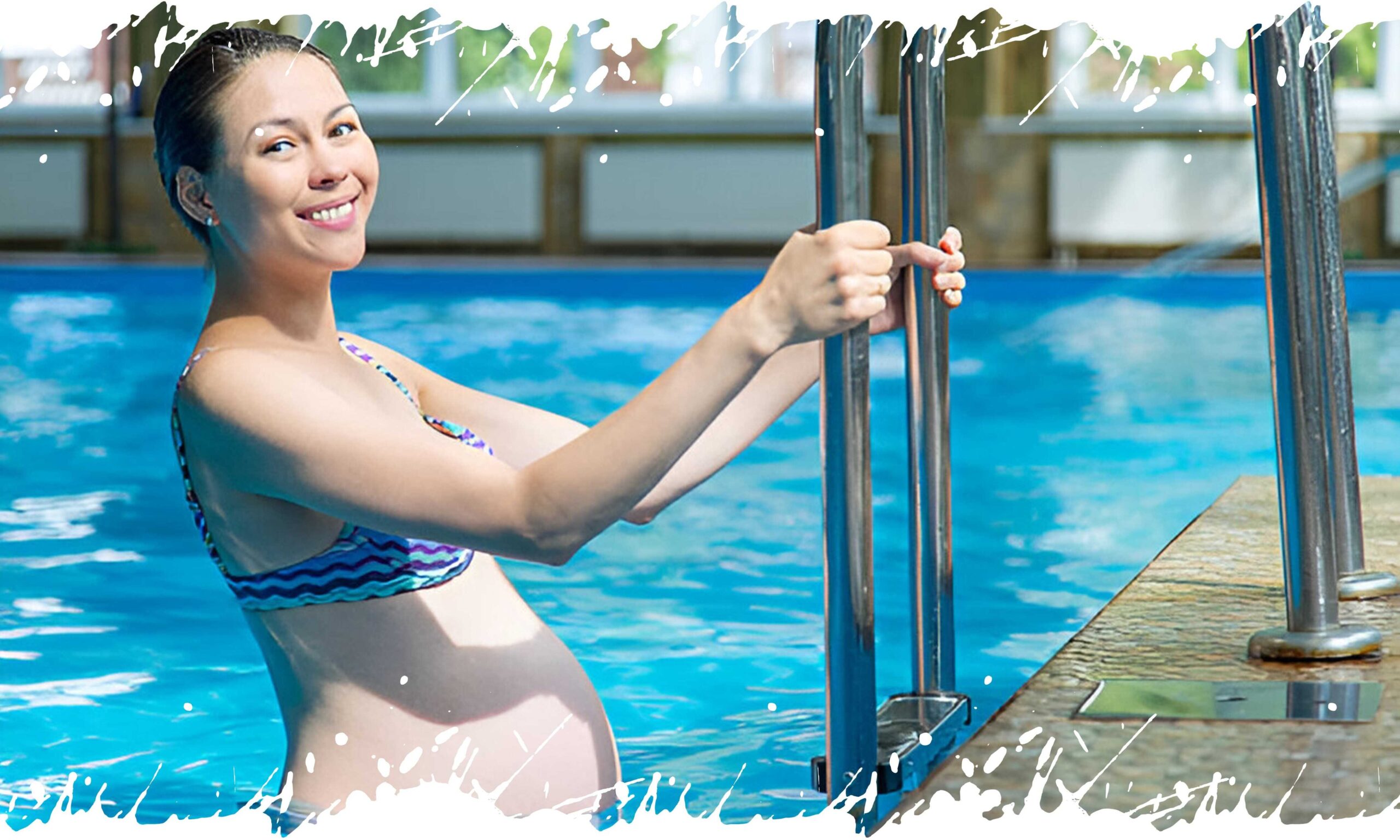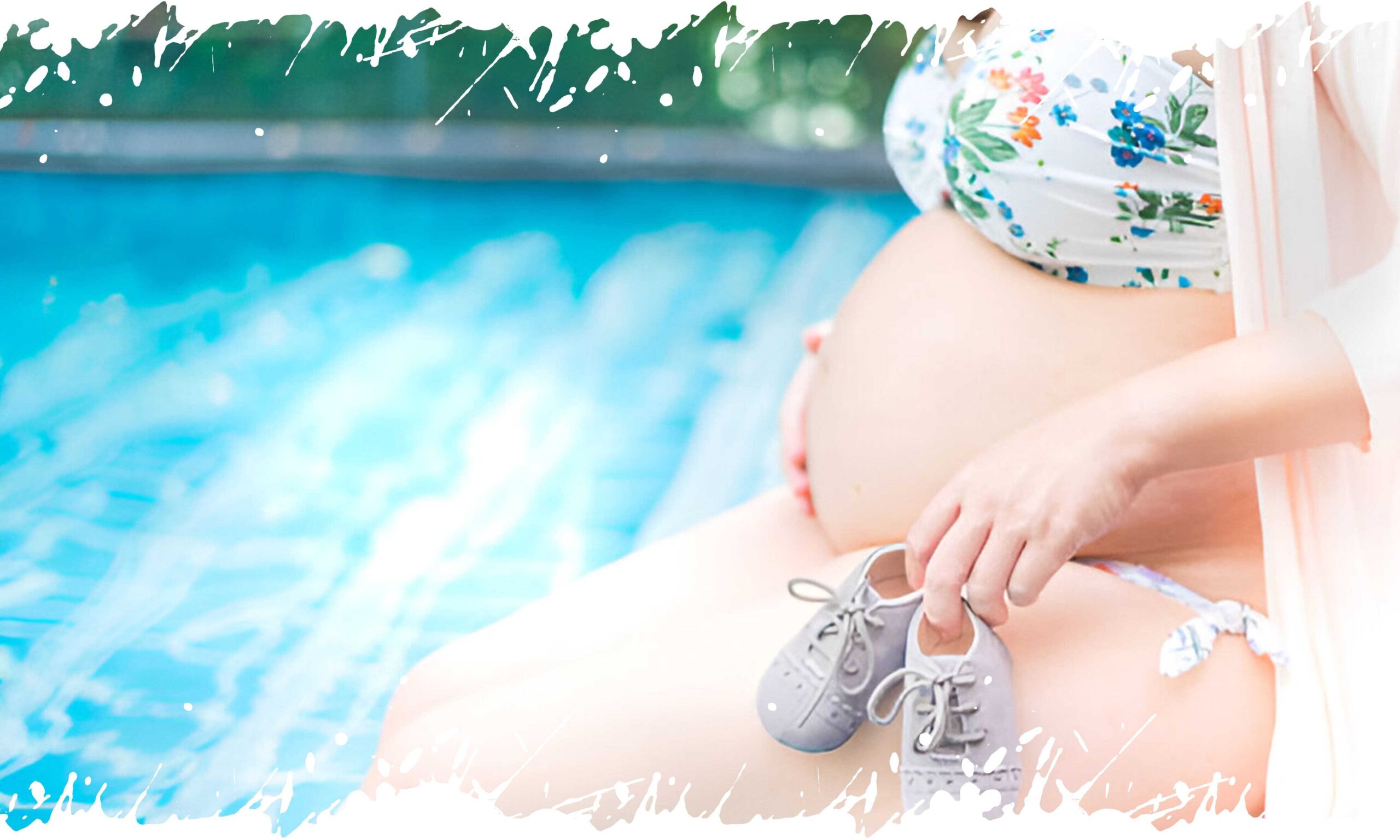
Pregnancy
Swim
Lessons
Welcome to the Swimming Training Section for Pregnant Women. In this section, our programs are specifically designed for expectant mothers at all stages of pregnancy. Our aim is to provide a safe and supportive environment to help you stay active and healthy throughout your pregnancy

15 benefits of swimming for Pregnant Women and more:
- Relieve pressure on joints due to the buoyancy of the body in water.
- Improve physical fitness by enhancing strength and endurance without straining the body.
- Enhance circulation, improving the delivery of oxygen and nutrients to the baby.
- Reduce swelling and fluid retention.
- Alleviate back pain by reducing pressure on the spine.
- Improve breathing by increasing lung capacity and regulating breathing.
- Promote relaxation and reduce stress and anxiety.
- Improve sleep quality through regular exercise.
- Increase muscle and tendon flexibility.
- Improve balance and stability.
- Encourage physical activity throughout pregnancy, helping to prepare for childbirth.
- Reduce the risk of gestational diabetes through regular exercise.
- Enhance mental well-being by releasing hormones that improve mood and reduce depression.
- Strengthen abdominal and back muscles, supporting the pregnancy.
- Facilitate easier labor by improving physical fitness and endurance, reducing complications.

In this section, you will learn:
- Gentle Swimming Techniques: Safe and effective swimming strokes tailored for pregnant women to maintain fitness and enjoy the water.
- Prenatal Water Safety: Essential water safety measures for expectant mothers, including recognizing and responding to any potential water-related issues.
- Breath Control and Endurance: Exercises to improve breath control and build endurance, benefiting both mother and baby.
- Buoyancy and Comfort: Techniques to enhance comfort and buoyancy in the water, reducing pressure on joints and providing a sense of weightlessness.
- Relaxation and Stress Relief: Methods to promote relaxation and reduce stress, utilizing the soothing effects of water.
- Stretching and Flexibility: Stretching exercises to enhance flexibility and range of motion, adapted for pregnancy.
- Balance and Stability: Training to improve balance and stability in the water, supporting the changing body during pregnancy.
- Core Strengthening: Safe exercises to strengthen core muscles, providing better support for the growing belly.
- Posture and Alignment: Techniques to maintain good posture and proper body alignment, both in and out of the water.
- Circulation and Swelling Reduction: Activities to enhance circulation and help reduce swelling and fluid retention.
- Mental Focus and Well-being: Techniques for maintaining mental focus and overall well-being, promoting a positive mindset.
- Healthy Pregnancy Management: Strategies to manage common pregnancy symptoms through aquatic exercises.
- Self-Confidence and Empowerment: Building self-confidence and a sense of empowerment through mastering new skills in the water.
- Preparation for Labor: Exercises to prepare the body for labor, promoting strength and endurance.
- Lifelong Fitness Habits: Encouragement to adopt swimming as a lifelong fitness activity, benefiting health and well-being beyond pregnancy.

Training curriculum
The swimming training program for pregnant women is a customized exercise plan aimed at improving physical fitness and mental well-being during pregnancy. The program focuses on a range of water exercises that are safe and suitable for pregnant women at various stages of pregnancy. Benefits include pain relief, improved circulation, increased muscle flexibility, and overall body strengthening without putting stress on the joints.
- Walking in Water: Helps in moving muscles and increasing blood flow.
- Breathing Exercises: Teaches correct breathing techniques that can be beneficial during childbirth
- Basic Swimming Strokes: Such as butterfly, backstroke, and freestyle, but in a gentle and adjusted manner to suit the health condition.
- Water Weights Exercises: Using light weights to increase water resistance and strengthen muscles.
- Stretching in Water: Helps in relieving muscle tension and increasing body flexibility.
- Water Yoga: Includes movements and exercises that promote relaxation and reduce psychological stress.
- Slow-paced Swimming: To maintain cardiovascular activity and increase endurance.
- Floating Exercises: Helps in improving balance and coordination
- Gentle Stretching: Aims to relax muscles after exercise.
- Deep Breathing Exercises: To restore calm and relaxation.
By following this curriculum, pregnant women will experience significant improvements in physical fitness and well-being, allowing them to gain confidence and proficiency in the water. Additionally, it will contribute to enhancing their overall health, helping them enjoy a wonderful and safe experience during pregnancy.

Benefits of Home Swimming Training:
- Flexible and Convenient Schedule:
You can arrange your lesson schedule according to your personal preferences and availability, without the need to adapt to traditional swim school timetables. - A Comfortable and Familiar Environment:
It allows you to experience training in a private and familiar environment, increasing your comfort and confidence during learning. - Avoid Crowds and Noise:
You avoid the crowds and noise associated with public pools or schools, making your training experience peaceful and focused. - Individual attention and direct guidance:
You will receive personalized attention and direct guidance from the instructor, enhancing your personal progress and facilitating the achievement of your swimming goals. - Saving Time and Effort:
Reduces the time and effort spent traveling to and from public pools, allowing families more time to spend together. - Customized Training Sessions:
The ability to tailor training sessions to better meet swimmers’ needs, such as session duration and educational content. - Boosting Confidence:
Providing a safe and familiar environment that helps swimmers enhance their confidence while learning to swim. - Focus on Safety:
Offering a learning environment free from potential risks associated with public pools. - Avoiding Pollution:
Minimizing exposure to potential water pollution associated with public pools. - Maintaining privacy:
Providing a private and secluded environment for swimming, avoiding exposure to public view in public pools. This is particularly beneficial for women.